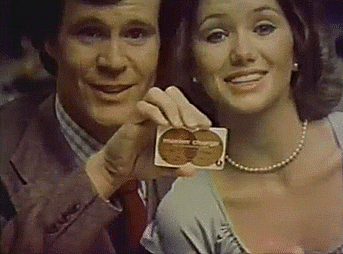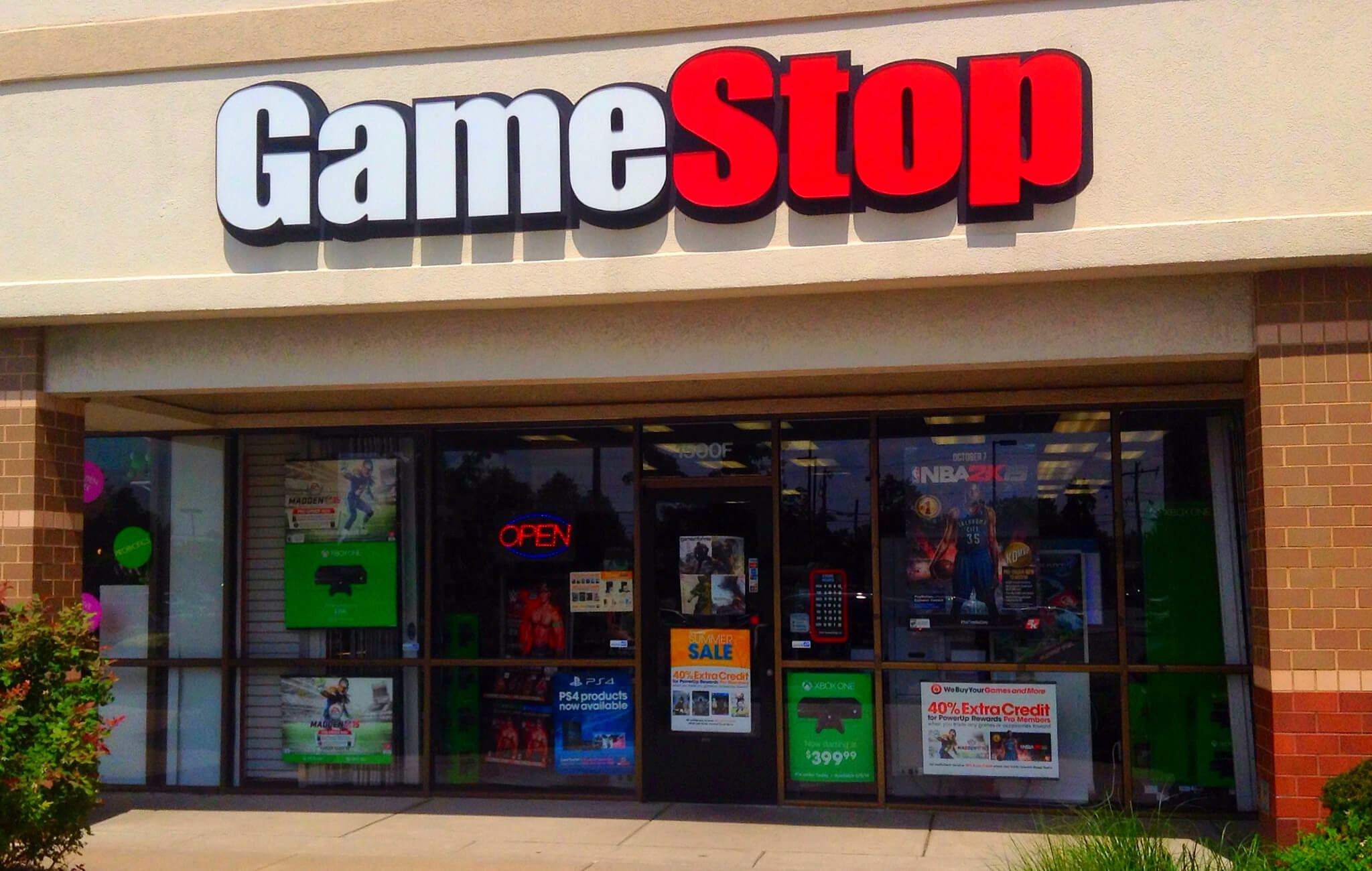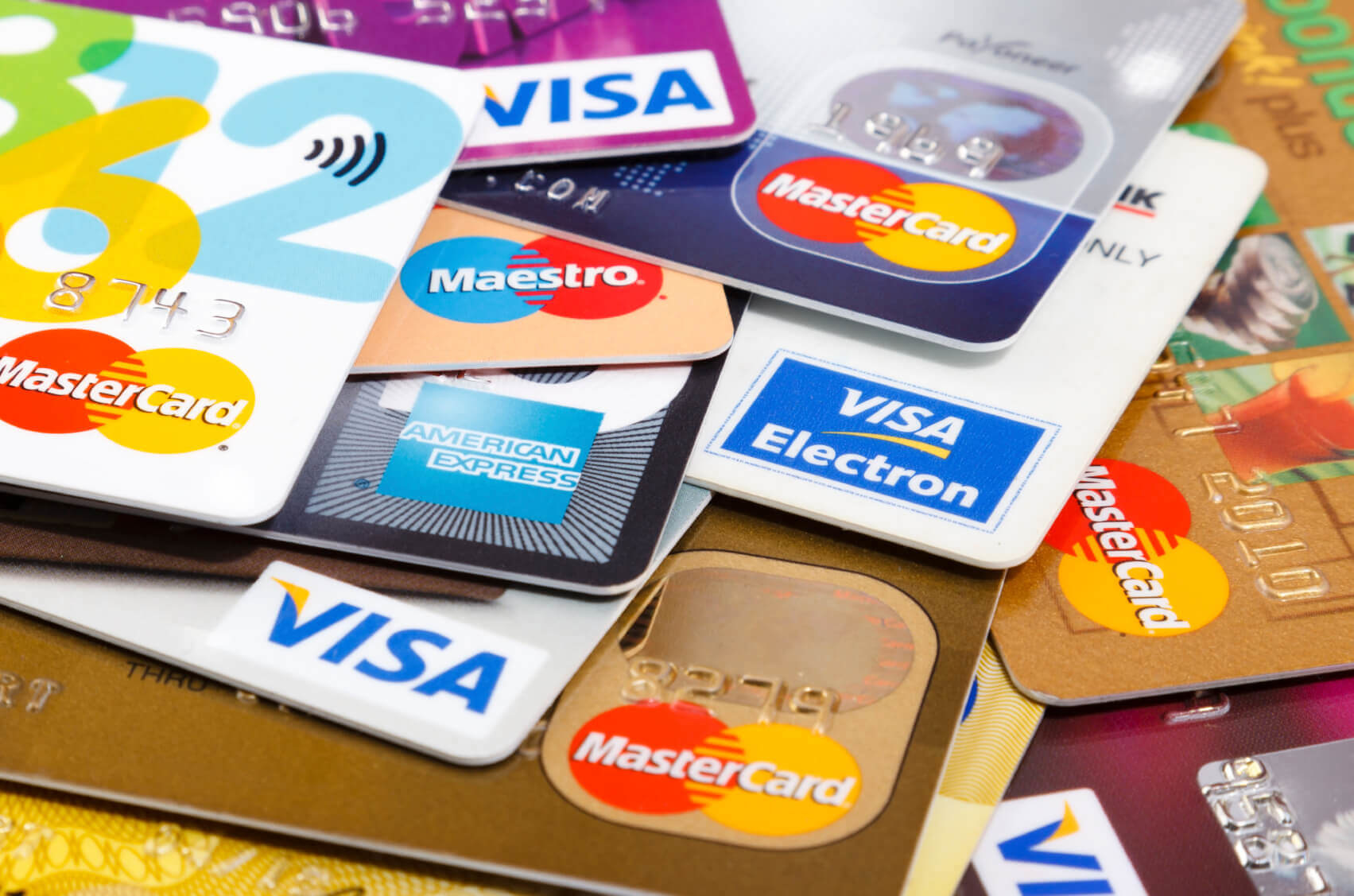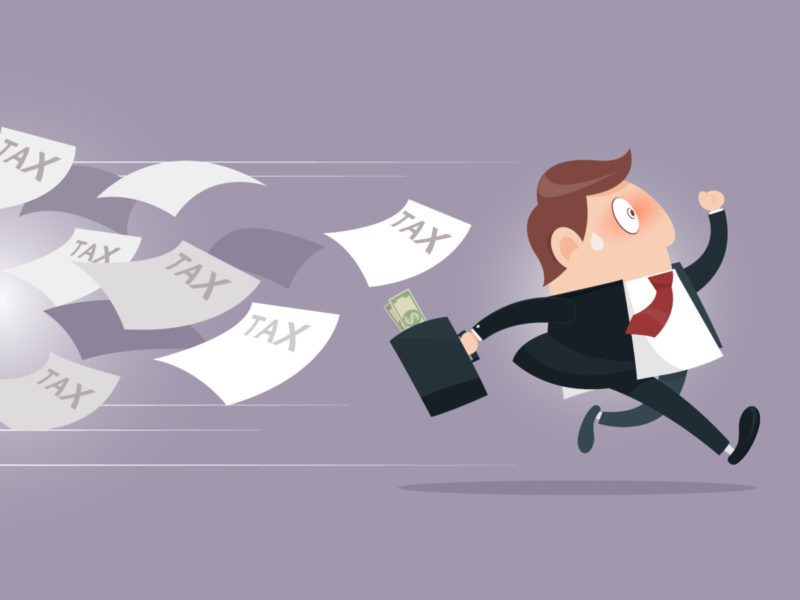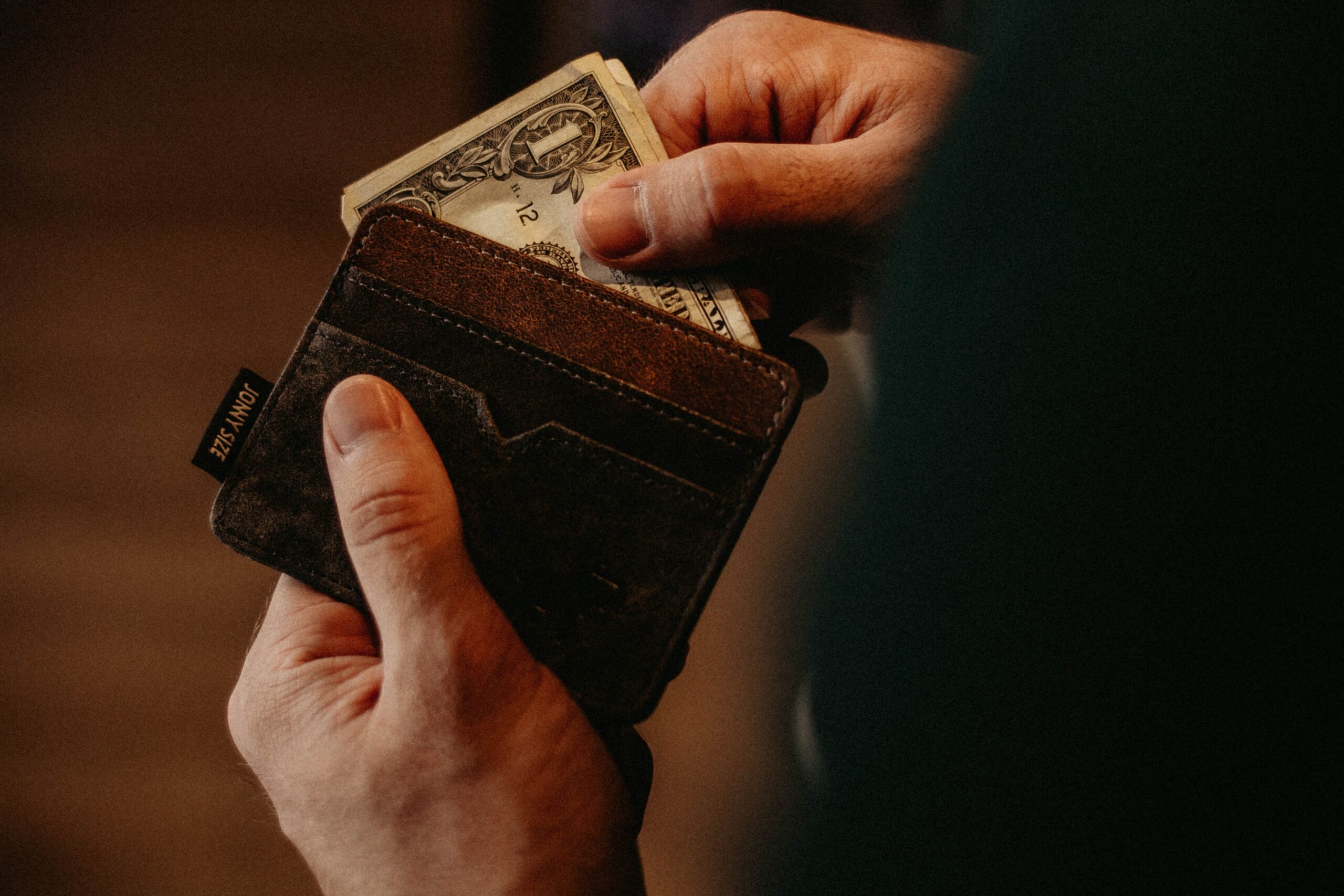Why Target Is the Worst Store to Shoplift From

Mar 30 | 2025

Target - Photo by David Suarez 0za (Unsplash)
Despite the fact that late-stage capitalism is an amoral hellhole driven by a borderline religious belief in the sanctity of brands, we would never, ever suggest that anyone should shoplift from big-box stores, or even imply that doing so is morally okay or a victimless crime. But hypothetically, if we were to give any tidbit




